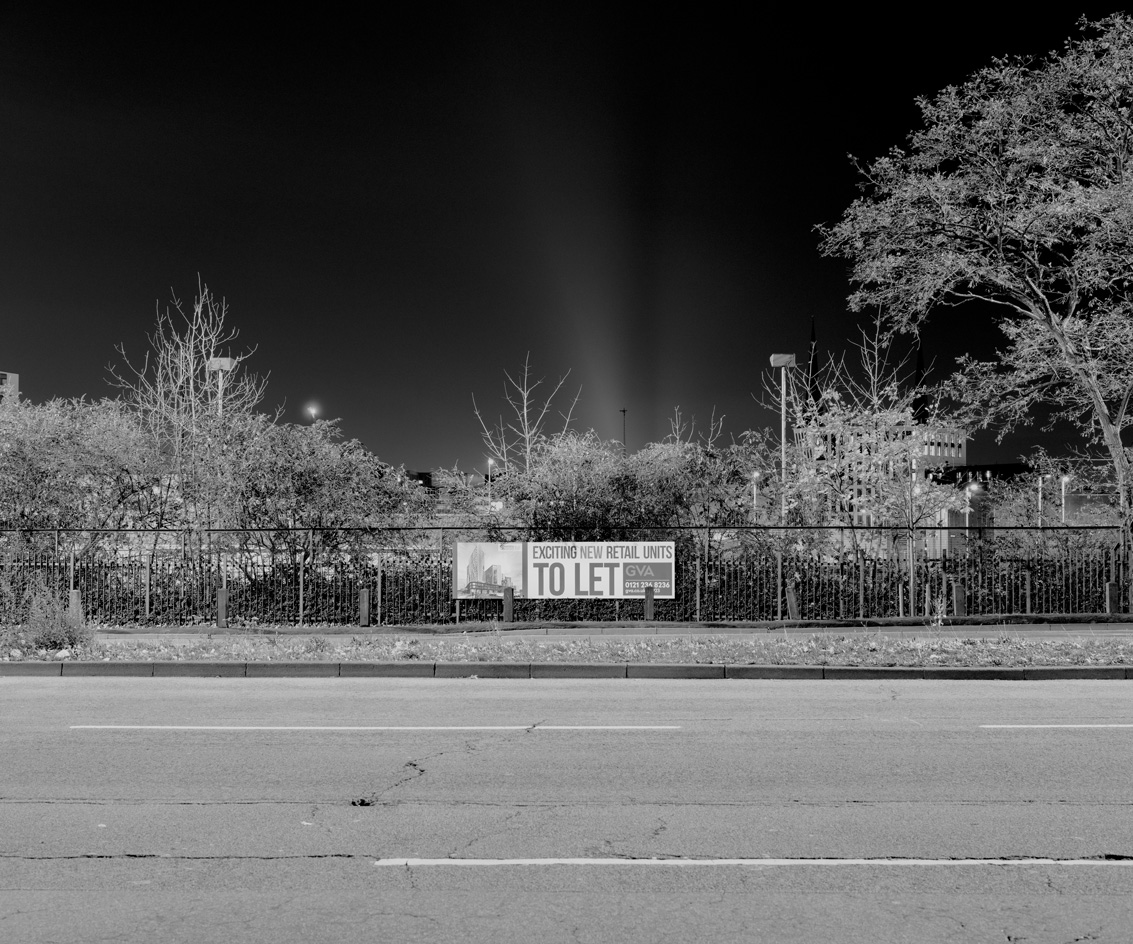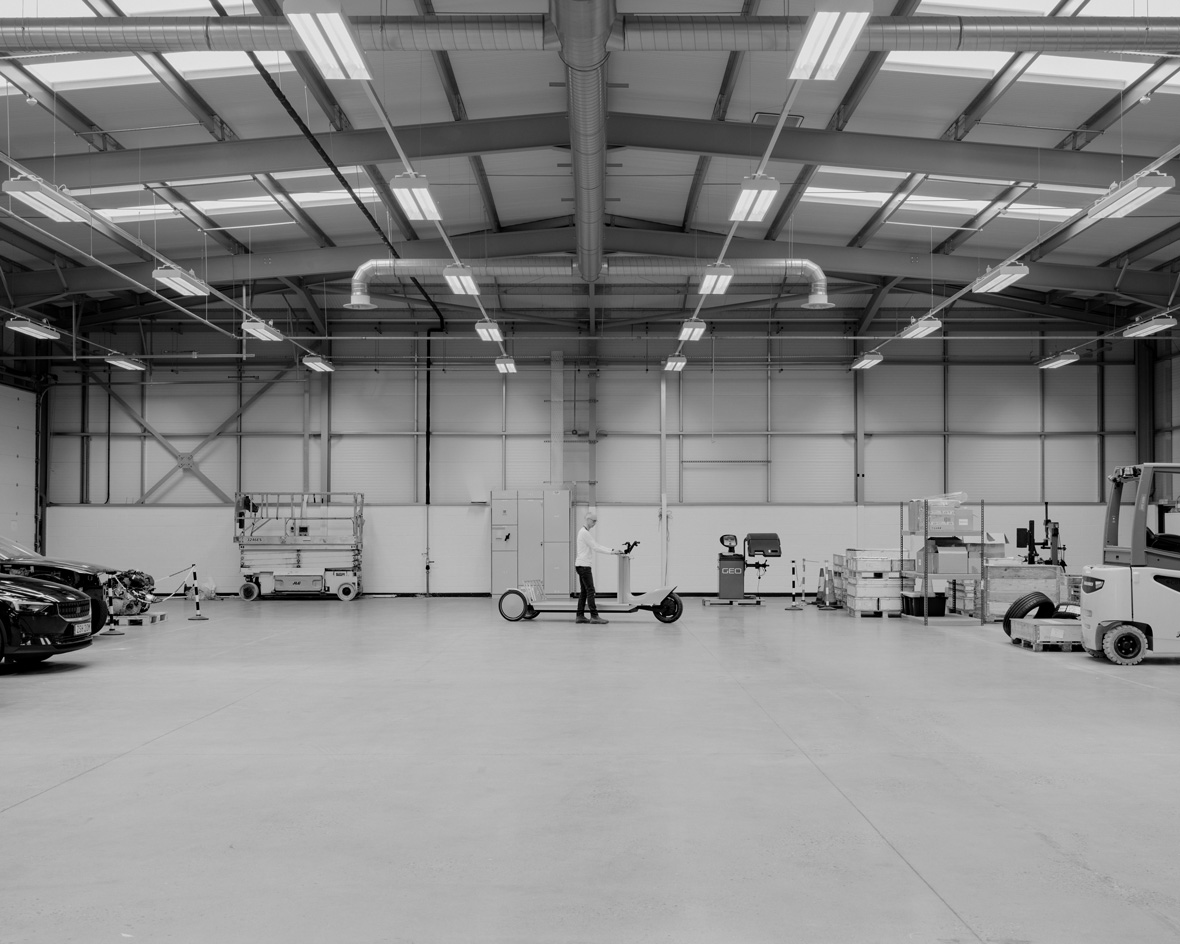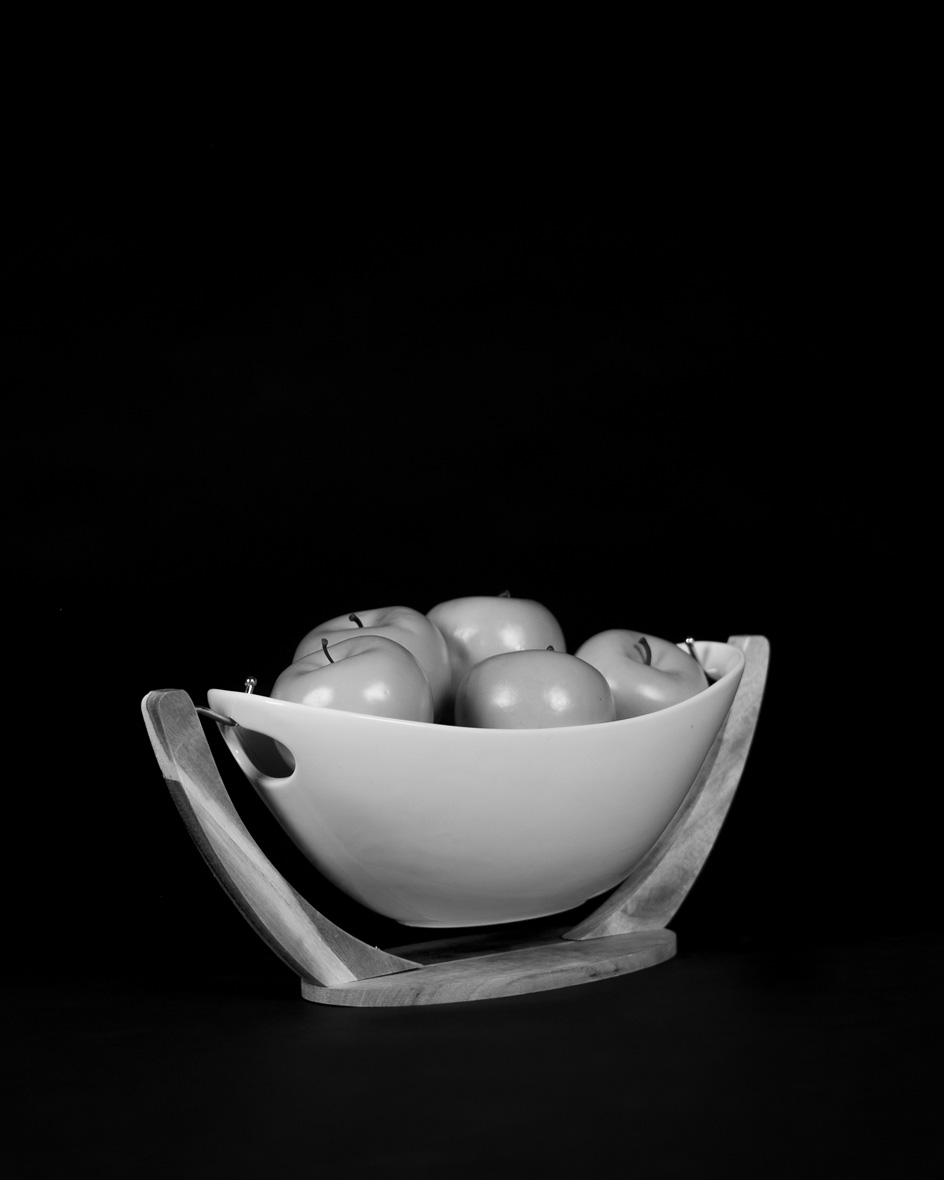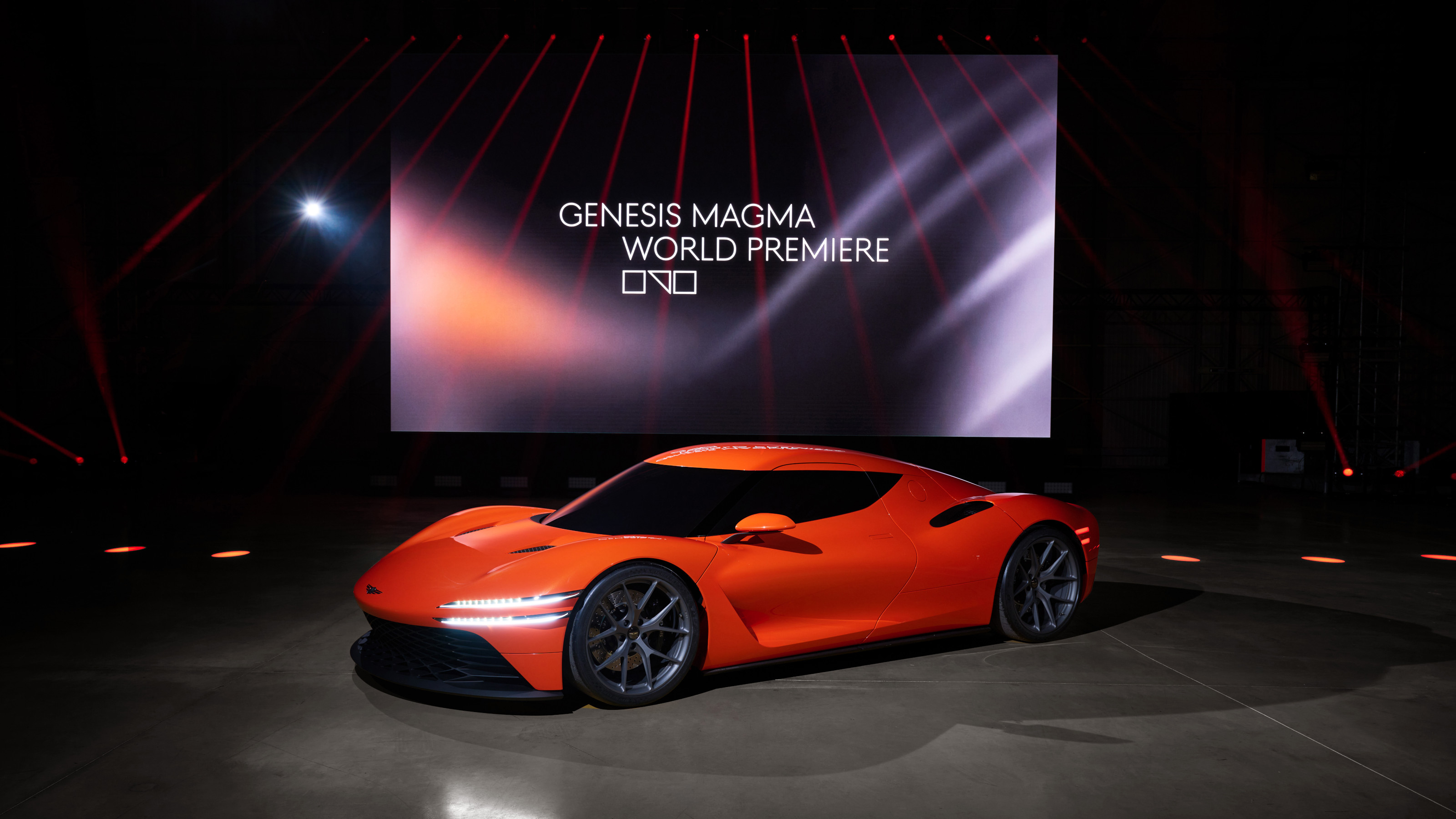Through the lens of photographer Milo Lethorn
Here, Milo Lethorn discusses the eroding perceptions of photographic ‘truth’, the marketisation of higher education, and pushing the boundaries of genre

It was the analytical perspectives of Milo Lethorn’s series Manifesto for a Studentopia that inspired us to match him with an innovation-driven story for our August 2021 issue. The London-based photographer spent the day with Wallpaper’s contributing editor Nick Compton and engineers at a technology park in Nuneaton to revisit the electric-powered aluminium Re:Move project trike born out of the Wallpaper* Re-Made project: a collaboration between Konstantin Grcic, Polestar, Hydro, Corum and Cake.
Lethorn’s Manifesto for a Studentopia is soon to be on show at Belfast Exposed. Here, the emerging talent lets us in on the inner workings of his process.
Wallpaper*: Describe your style and process
Milo Lethorn: Up to this point, I’ve been attempting to use elements of photography’s cultural underwriting to work through mostly sociological themes via urban settings in accessible and imaginative long-form projects. This brings about a continuous process of critical research, reflexive thinking and revisitation between waves of actual image-making.
Without trying to overcook the sites or objects I am picturing, there are intentional references bound in the ‘documentary’ aesthetic I currently use that are probably most responsible for how things end up looking image-to-image.

Polestar’s Chris Staunton with the Re:Move prototype at the Mira Technology Park, UK
W*: How did you bring your approach to shooting the Re:Move project?
ML: As much as I had some researched ideas in mind going in, I didn’t want to ignore what I would learn about the trike and the team behind it whilst on location. I was keen on not making something resembling a glossy car advert, so outside of some necessary detail close-ups, I involved the engineers, workshop and nearby warehouse environment as much as possible.
Seeing the team working on the vehicle as a focal point within the large, industrial workshop, I was reminded of a collection of photographs I’d seen picturing engineers fixing early computer systems in the 1950s. Black and white, very formal compositions with frequent pops of well-positioned flash within each tableau. With the race among automotive companies to be at the forefront of sustainable electric technology today, I felt it might be a fun look to parallel.
‘Through the lens’ is our monthly series that throws the spotlight on photographers who are Wallpaper* contributors

Members of the the Re:Move team work on the electric-powered trike prototype at the Mira Technology Park, UK
W*: What is the most interesting thing happening within photography now?
ML: For the last few years, the most interesting thing to me has been the public’s blossoming distrust/mistrust relationship with the still image. I think it puts image-making in a much more complex and compelling position as a discipline, despite what some claim regarding the eroding perception of photographic ‘truth’ as a negative thing. From the recently revaluated limits of what documentary photography can be, to the advanced use of emerging ‘artificial’ imaging systems, I believe the creative possibilities in light of this cultural overhaul are still underestimated.
Receive our daily digest of inspiration, escapism and design stories from around the world direct to your inbox.
W*: What’s on your radar?
ML: I’m a big fan of works that smuggle and transmit messages outside the expectations of their genre. With that in mind, I was recently surprised by my first proper listen to some of Sam Fender’s songs. To be honest, I’d wrongly assumed that he was another safe singer-songwriter-radio-sweetheart, and whilst his music is catchy, the confrontational, self-aware lyrics signal a different ambition. I'm looking forward to seeing what he puts on the upcoming second album.
During lockdown I was turned onto Nearest Truth, a series of recorded conversations orbiting contemporary photography and facilitated by Brad Feuerhelm. With an extensive back catalogue, these episodes take a step away from the idea of a topical weekly podcast and act almost as capsules of respective guest artists, publishers, curators and writers’ activities in a specific moment.

From the series Manifesto for a Studentopia,
W*: What’s next for you this year?
ML: It’s been pushed back a fair bit due to Covid restrictions but I’m fast approaching my first solo exhibition, which I’m very excited about! Hosted by Belfast Exposed, it will be the first full showcase of Manifesto for a Studentopia, a kind of half-documentary half-dystopian project I began as a university student in response to the lucrative marketisation of higher education, seemingly innocuous satellite industries and their subsequent regional effects.
Ironically, after putting postgraduate education off for a while now to properly consider different programmes and to let the pandemic dust settle a bit, my next year might well involve an MA application and return to university!
In the meantime, I’ve been revisiting the production of a dummy photobook for Manifesto for a Studentopia whilst keeping my options open for more commissions and saving up to get started on the next body of work. I can’t give much away about the project right now, but it’s almost certainly going to be my most ambitious stuff yet.

From the series Manifesto for a Studentopia,
INFORMATION
As Photography Editor at Wallpaper*, Sophie Gladstone commissions across fashion, interiors, architecture, travel, art, entertaining, beauty & grooming, watches & jewellery, transport and technology. Gladstone also writes about and researches contemporary photography. Alongside her creative commissioning process, she continues her art practice as a photographer, for which she was recently nominated for the Foam Paul Huf Award. And in recognition of her work to date, listed by the British Journal of Photography as ‘One to Watch’.
-
 The White House faced the wrecking ball. Are these federal buildings next?
The White House faced the wrecking ball. Are these federal buildings next?Architects and preservationists weigh in on five buildings to watch in 2026, from brutalist icons to the 'Sistine Chapel' of New Deal art
-
 Georgia Kemball's jewellery has Dover Street Market's stamp of approval: discover it here
Georgia Kemball's jewellery has Dover Street Market's stamp of approval: discover it hereSelf-taught jeweller Georgia Kemball is inspired by fairytales for her whimsical jewellery
-
 The best way to see Mount Fuji? Book a stay here
The best way to see Mount Fuji? Book a stay hereAt the western foothills of Mount Fuji, Gora Kadan’s second property translates imperial heritage into a deeply immersive, design-led retreat
-
 Rivian hits Miami Art Week to release R1S Quad Miami Edition, a new colour and a scent
Rivian hits Miami Art Week to release R1S Quad Miami Edition, a new colour and a scentVivid sights and evocative smells are part of Rivian’s quest to humanise its all-electric SUVs
-
 RBW EV brings a much-loved classic sports car aesthetic into the modern era
RBW EV brings a much-loved classic sports car aesthetic into the modern eraThe RBW Roadster and GT hark back to a golden age of sports car design. Under the skin, these British-built machines feature bespoke all-electric running gear
-
 All hail the compact new Renault Twingo E-Tech – the city car is back in style
All hail the compact new Renault Twingo E-Tech – the city car is back in styleRenault continues to pay homage to its heritage by combining it with 21st-century technology. The new Twingo E-Tech is another winner
-
 Genesis turns up the heat with its new Magma performance sub-brand
Genesis turns up the heat with its new Magma performance sub-brandGenesis has revealed the hot new GV60 Magma and striking Magma GT Concept in its quest to own luxury performance
-
 Around London in sybaritic silence with the majestic all-electric Lunaz Phantom V
Around London in sybaritic silence with the majestic all-electric Lunaz Phantom VClassic electrifier Lunaz has turned its skilled hands to the Rolls-Royce Phantom V. We sample the ultimate in zero-emission luxury on the streets of London
-
 Avatr Vision Xpectra concept transforms cars into ‘emotionally intelligent companions’
Avatr Vision Xpectra concept transforms cars into ‘emotionally intelligent companions’Revealed in Munich, electric car maker Avatr’s futuristic Vision Xpectra is a car that is not only beautiful, but a true form of ‘emotive luxury’
-
 Dacia wants to make small cars great again – all hail the new Hipster Concept
Dacia wants to make small cars great again – all hail the new Hipster ConceptThe best way to minimise energy use in all its forms is to downsize. The Dacia Hipster Concept is a smart way of making a practical car way more pint-sized
-
 The Vanderhall Brawley GTS is a compact but mighty electric off-roader
The Vanderhall Brawley GTS is a compact but mighty electric off-roaderDeliveries of Vanderhall’s Brawley GTS have started, bringing zero-emission trail driving to enthusiasts across America